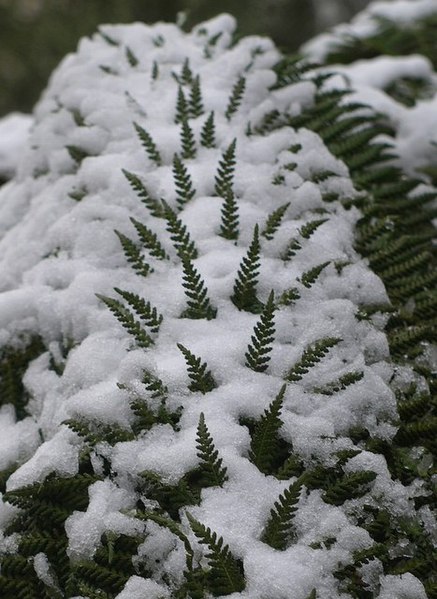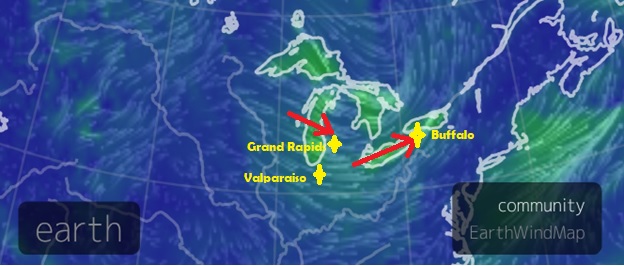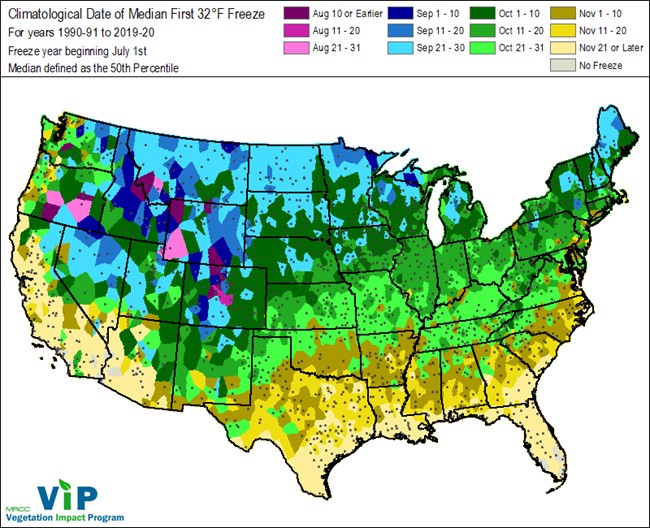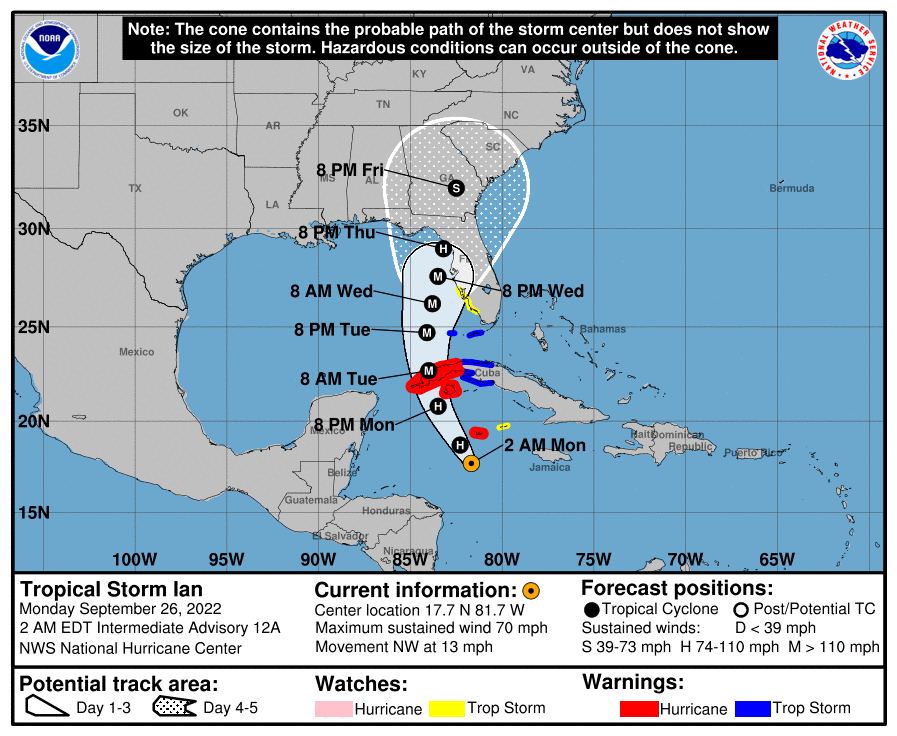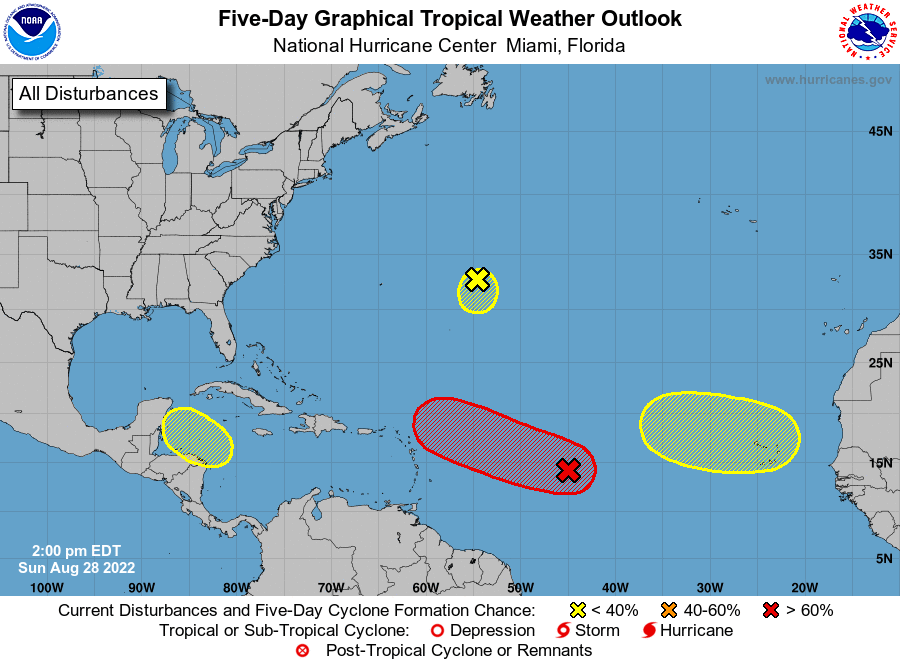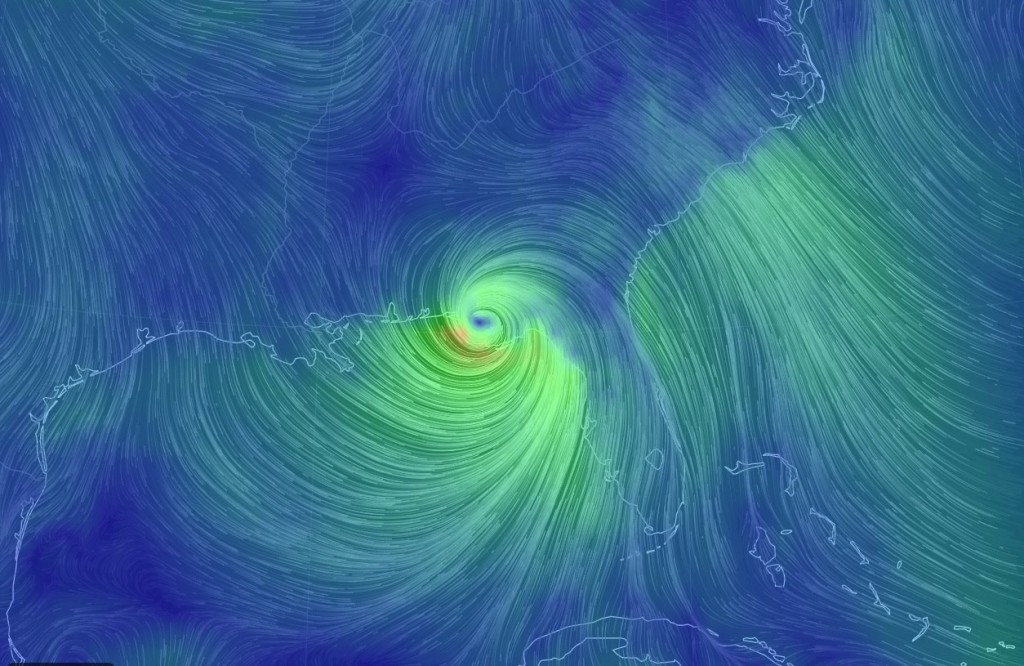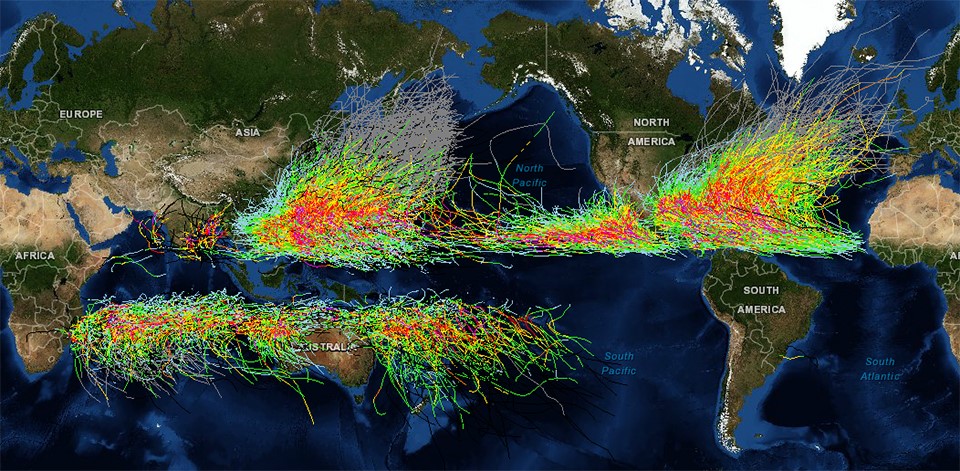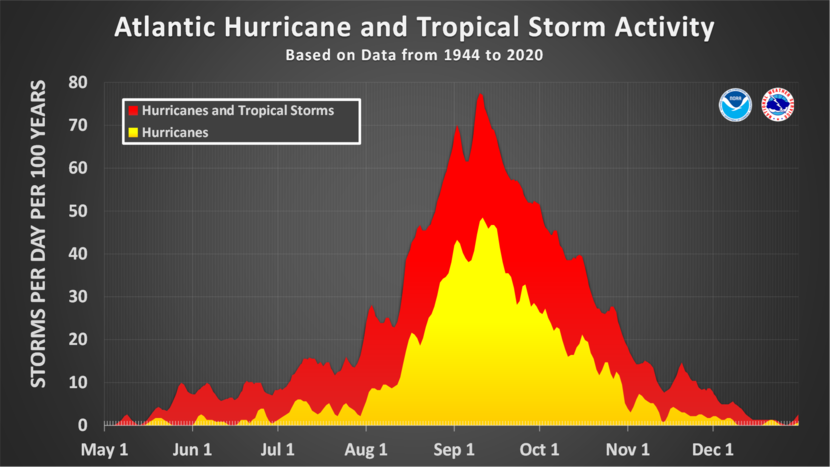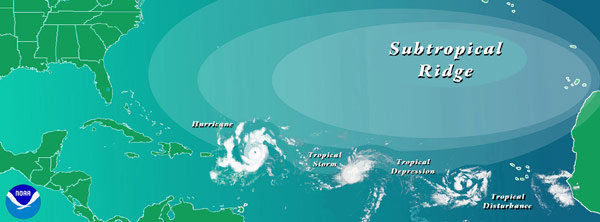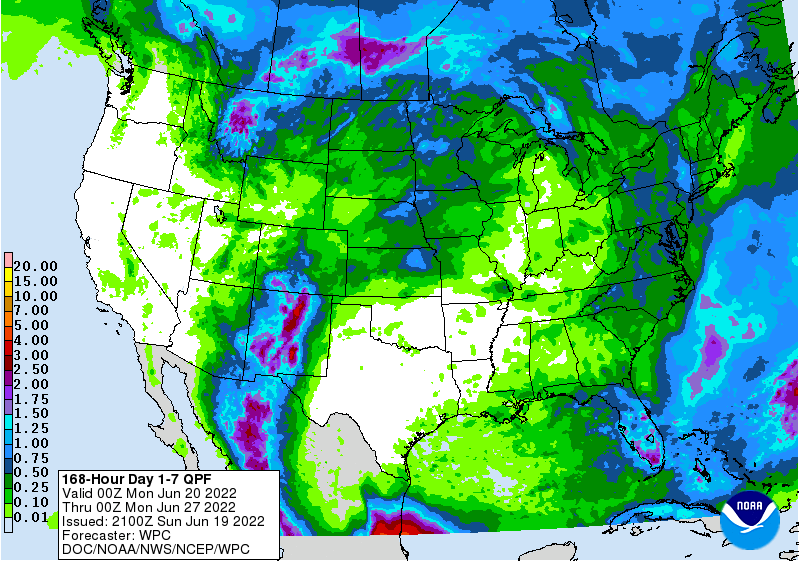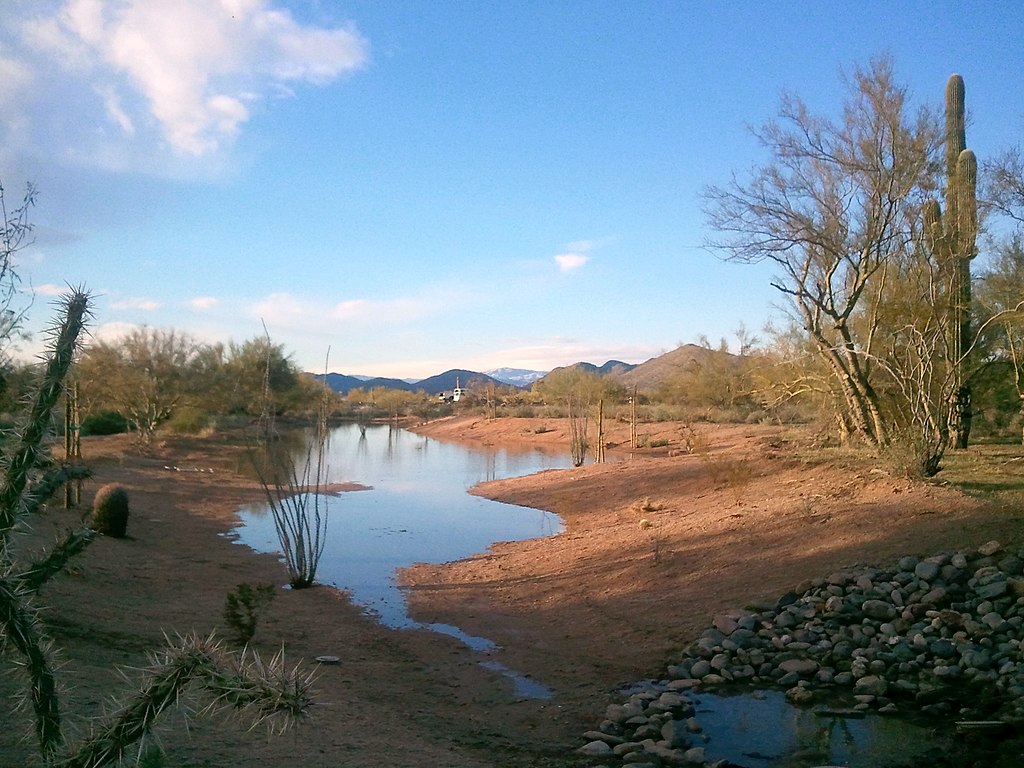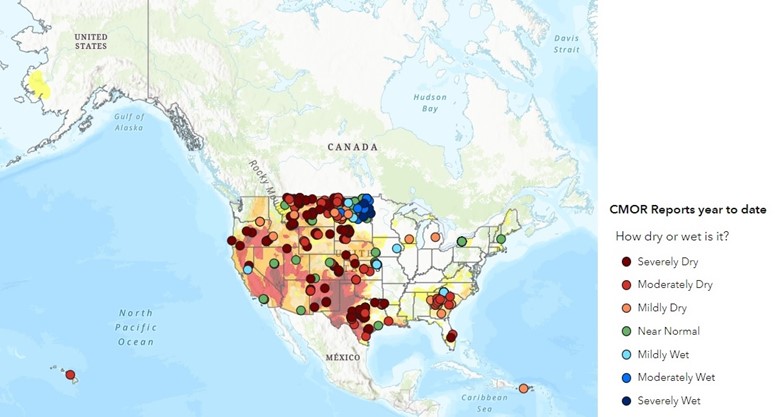As we close out 2022, I thought I would spend a few minutes reviewing the weather and climate of the past year, both the average conditions and some of the extremes we saw. While this is skewed towards the United States, I did include some events happening in other parts of the world for our non-US readers.

What were the average climate conditions in 2022?
Since the year is not quite over, I can’t provide a final average for temperature or precipitation for the complete 365 days, but there are some websites that allow me to look at all but the last few days. The images below are from the High Plains Regional Climate Center for January 1 through December 28. They show the temperature departure from normal and the percent of normal precipitation for the continental United States. (You can see the global temperature statistics for January through November 2022 at the National Centers for Environmental Information.) In most parts of the U.S., the temperature was warmer than the 1991-2020 normal; the exception was the north central part of the country, where temperatures were colder than normal. This pattern is consistent with the La Niña that we have been experiencing for most of the year, although individual months did vary.

Precipitation was more variable, as the map of precipitation percent of normal below shows. The driest areas in California and the Central Plains are consistent with the extensive droughts that covered those parts of the country throughout the year. The eastern Coastal Plain also shows overall drier than normal conditions for the year as a whole but the timing of wet summer and dry fall caused a lot of problems for the farmers there. The wettest areas were New Mexico and Arizona (due to a vigorous monsoon), the Southern Appalachians and Mississippi, and the Florida Peninsula due to the heavy rain associated with Hurricane Ian.

What extremes did we see in 2022?
The averages show the overall conditions that occurred this year, but don’t begin to capture the extremes in temperature and precipitation that occurred. These extremes get washed out in the averaging process but are far more likely to cause serious impacts than deviations from normal conditions over the whole year. These extremes caused 15 billion-dollar disasters in the U. S. alone as of October 11, and I certainly expect that extreme events since then, including last week’s cold outbreak and snowstorm, will add to that number.
In 2022, we experienced a number of heat waves with record-setting temperatures, including unusual warmth in South America, Europe, Asia, and Australia, where their highest temperature ever recorded (50.7 C or 123.3 F) was tied in January, their peak summer month. The United Kingdom experienced their hottest year ever, including temperatures in excess of 40 C for the first time. Much of Asia was also very hot in 2022. In the United States, the Pacific Northwest saw heat waves in both August and October, with the Southwest experiencing blistering heat in September and the Northeast in August. By comparison, cold outbreaks occurred both in January and early February and in December, with an Arctic outbreak spreading southeast from Alaska down to southern Florida, bringing extensive freezing conditions that caused significant damage to citrus in Florida and Georgia, bursting water pipes, and a lake effect blizzard in Buffalo NY that eclipsed their previous record-setting snow event set just a month earlier.
Precipitation was just as variable, with floods and droughts occurring around the world this year. Some of the more notable flood events include the rainfall in Pakistan in August that put a third of their country underwater, the floods that destroyed the northern entry to Yellowstone Park in June, and the local flash floods that occurred in eastern Kentucky in summer and fall, and the southwest monsoon that began in June with precipitation 200-800% of normal, easing drought in that area. At the very end of the year, as I am writing this, an atmospheric river event on the West Coast is bringing heavy rain to areas of California that have been plagued by drought all year. That may provide some relief from the dry conditions going into 2023.

Many other areas of the world experienced significant droughts in 2022. They include an extreme drought that occurred over most of Europe, causing damage to many crops and limiting navigation on local rivers. This was also true in the United States, where the long-lasting drought in the central United States led to record low levels on the Mississippi River, stopping barge traffic that usually transports grain from the Midwest down to the Gulf of Mexico. Drought covered over half of the United States for many months in 2022, although it waxed and waned in some areas with the movement of rain-producing systems.
How about the tropics?
While La Niña usually means that the Atlantic tropical season is active, this year was oddly quiet between early July and the end of August, with no storms observed during this period for only the third time since 1950. But once the season resumed, we saw Hurricane Fiona (affecting Puerto Rico and Nova Scotia, although it stayed offshore for the continental eastern U. S.) and Hurricane Ian in September. Ian caused tremendous death and destruction to southwestern Florida as it crossed over the peninsula, dropping feet of rain before it moved into the Atlantic Ocean and then recurved west into South Carolina as a weakened storm. In November, Hurricane Nicole brought devastating coastal flooding to areas that were previously affected by Ian, although it caused less damage than Ian did. Damage from tropical systems was not confined to the tropics, however, as the remains of Typhoon Merbok hit the west coast of Alaska in September, causing significant coastal damage with its incredibly strong winds.
What does the past year teach gardeners?
Most of the United States as well as the rest of the world experienced a warmer climate in 2022, so gardeners will continue to need to choose plants that are appropriate for their warming climate zones. But they will also need to prepare for extreme conditions; devastation by individual storms as well as climate variability will continue to affect home gardens through water stress caused by drought and extreme heat as well as damage caused by floods, high winds, and freezing temperatures. Building a resilient garden that can withstand these extremes will allow your garden to thrive through whatever conditions the atmosphere throws at it.
Thank you for another great year!
Finally, I want to end this year by thanking you all again for your loyal readership and your thoughtful questions and comments on many topics. I encourage you to share your 2022 garden challenges (weather or otherwise) in the comments along with your plans for how you plan to address them in 2023 and beyond. I look forward to reading them! We will see you again in the New Year.
